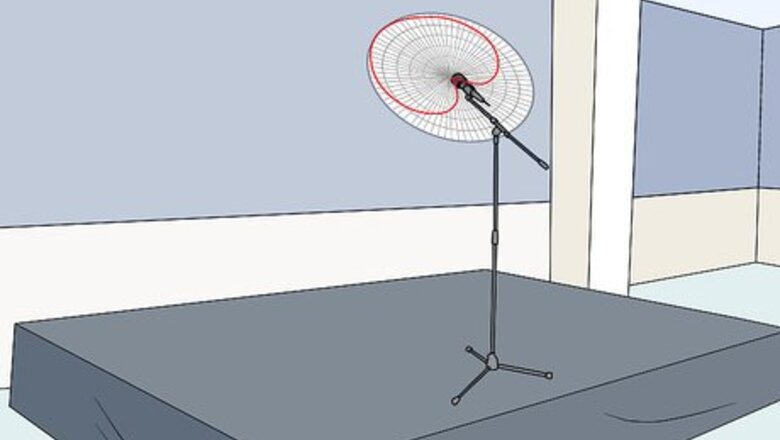
views
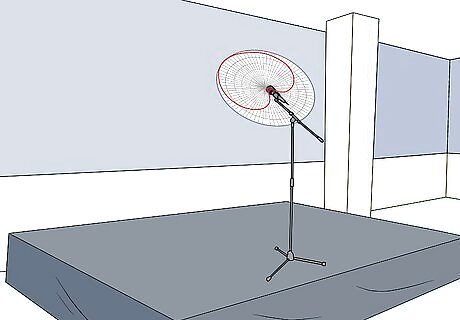
Place a dynamic microphone with a cardioid pattern at the center of the stage and point it toward where a person would speak or perform.
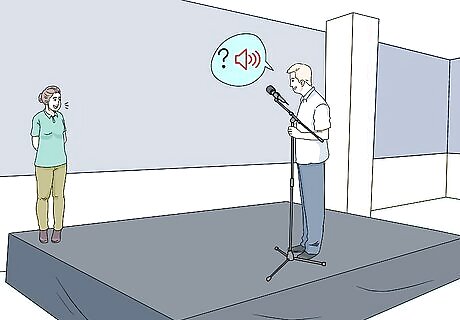
Ask anyone making noise on the stage to leave so they don’t corrupt the EQ process.
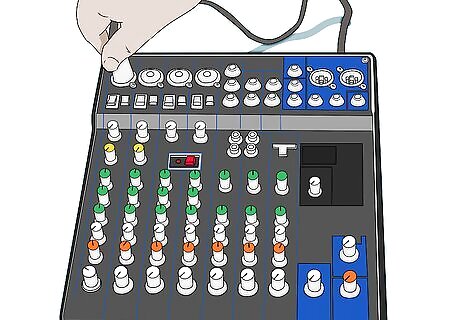
Set all of the microphone’s EQ channels on the mixing board to flat.
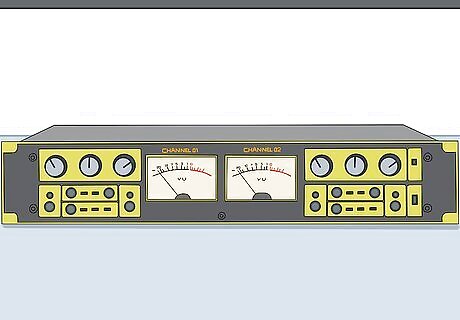
Bypass the compressor-limiters, feedback destroyers and other similar processors so you get a clean signal.

Move the microphone and instrument channels in the monitor(s) to about where they need to be for the performance.
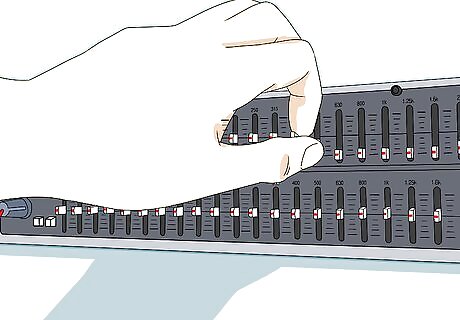
Adjust the Main House EQ so it’s set to the Center position.
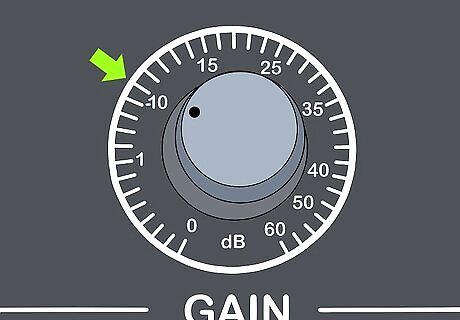
Turn the mixer’s Input Gain to “Off” and the channel fader to 0dB or -10dB. The fader setting on the Main Out needs to be at -10 or 0dB.
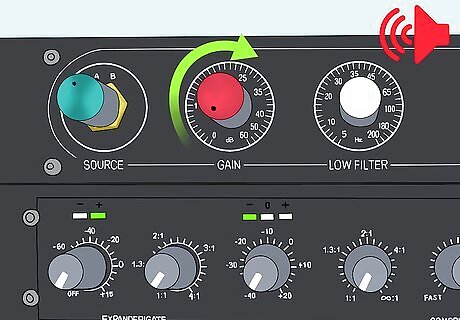
Raise the Input Gain slowly until you hear a ringing noise from the speaker system. Turn it down until the sound stops.
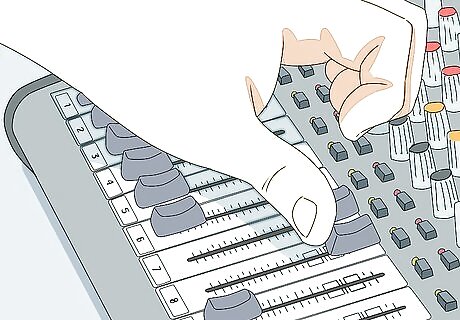
Manipulate the channel fader to cause the speaker system to ring at a low, nearly steady tone. A real-time analyzer will show you which frequency is ringing, but it isn’t the most accurate reading. If you have a multimeter with frequency, plug it into the Headset Out and use the Pre-Fade Listen (PFL) Output as a signal. The better reading you get, the more accurate your adjustments when you want to properly EQ a room.
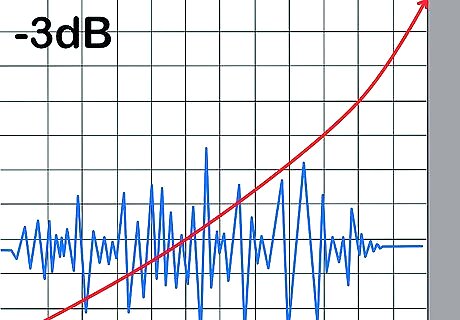
Decrease the ringing by -3dB on its frequency, which should eliminate the ringing sound.
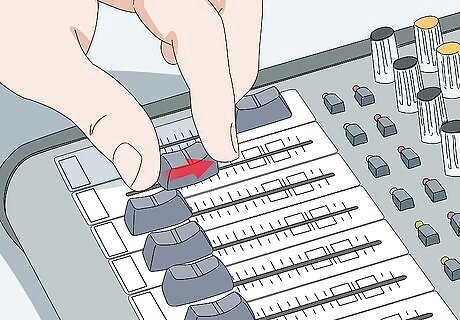
Raise the fader once the ringing stops.
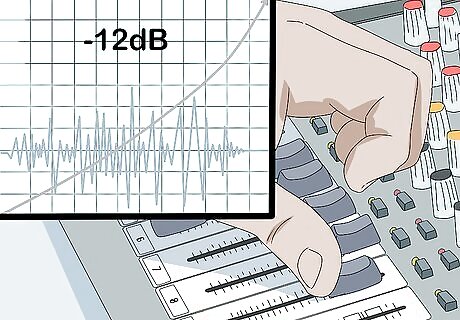
Repeat these steps for each slider until several of the frequencies rise at once or until one of the frequencies hits -12dB. If you hit the EQ’s bottom before this happens, there’s a problem with the room itself or with the system design.
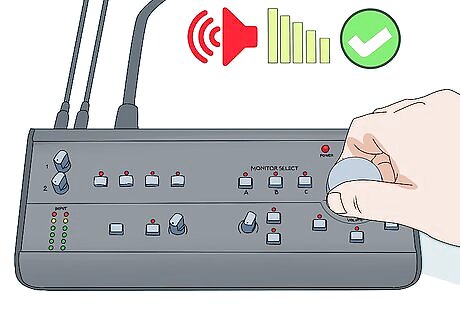
Turn the master monitor volume back to your preferred level for the performance.
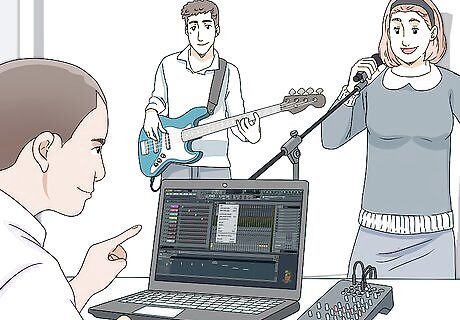
Ask someone to stand at the microphone(s) and instrument(s) and check them so you can adjust the levels of each individual input.


















Comments
0 comment